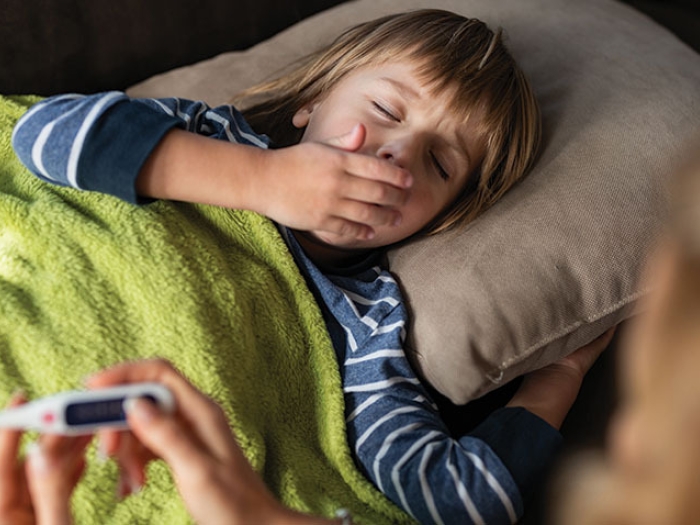Costs may prevent kids from lower-income families from participating in sports, arts or clubs. But schools can do more to help, experts say.
7:00 AM
Author |

One in 4 students from lower-income families did not participate in a single sport, club or art program last school year, a new national poll shows.
One contributing factor: School activities cost too much.
SEE ALSO: Public to Presidential Candidates: Prioritize Children's Health
Among parents from households earning less than $60,000 a year, 27 percent say their child was less involved with school activities because of cost, according to the University of Michigan C.S. Mott Children's Hospital National Poll on Children's Health.
But financial challenges were not limited to lower-income families. Twelve percent of parents making more than $60,000 — about 1 in 10 — also cite price as the reason for their child's decline in activities.
"School activities allow students to broaden their interests, develop teamwork and leadership skills, and strengthen their connections with peers and their school community. Participation in school activities has been linked to better grades and lower dropout rates," says Sarah Clark, M.P.H., co-director of the poll.
"However, we found that a substantial portion of students, particularly those in lower-income groups, are not fully engaged in a well-rounded school experience that includes activities — and too often, it's because of cost."

Easing the burden
The nationally representative household survey included 666 parents with at least one child in middle or high school. Parents were asked about their child's participation in school activities for the 2015-2016 school year.
Sports were costlier than other types of school activities. The average annual cost per student was $302 to play sports, $218 for arts (such as music, theater or yearbook) and $124 for clubs, according to the poll. That includes school-mandated participation fees and other expenses such as equipment and travel. Ten percent of lower-income and 3 percent of higher-income families received a waiver for activity fees.
SEE ALSO: Let's Talk More About Sex: Parents in Favor of Expanding Health Education
"School officials should consider the equity of participation costs across different activities, so that students interested in sports have equal access to participation as students interested in music, theater or clubs," says Clark.
Many schools offer a variety of activities, including those with low or no cost, says Clark. Poll results reflected this trend, with 60 percent of parents reporting $0 for their child's participation in arts or clubs. But only 30 percent reported $0 cost for sports.
"For some families, financial burdens may override a child's interest in pursuing school activities," Clark says. "No school wants cost to be the reason for nonparticipation."
Clark says strategies include making sure students and parents are aware of low- and no-cost activities; offering waivers, scholarships and other cost-reducing options; and addressing nonfinancial barriers, such as transportation.
She also notes research-based benefits to participating in sports and other activities, including:
-
Students who participate in activity programs tend to have higher grade-point averages, better attendance records, lower dropout rates and fewer discipline problems, according to the National Federation of State High School Associations (NFHS).
-
Participation in school activities is positively associated with friendship development and a sense of meaning and purpose, and it helps develop life skills such as initiative, respect, teamwork and leadership, NFHS reports.
-
Benefits of school-based sports programs include weight control, problem-solving skills, self-esteem, social competence, academic achievement and reduced rates of juvenile arrests, teen pregnancies and school dropout, according to the Foundation for Global Sports Development.
At-risk students who participate in the arts have an increased chance of attending college and completing a postsecondary degree, reports the National Art Education Association.

Explore a variety of health care news & stories by visiting the Health Lab home page for more articles.

Department of Communication at Michigan Medicine
Want top health & research news weekly? Sign up for Health Lab’s newsletters today!





